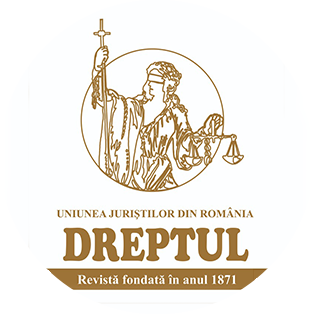-
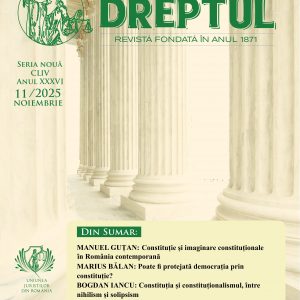
-
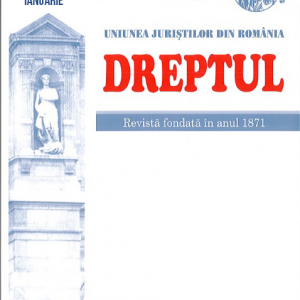 En el nuevo siglo los discursos de legitimación del poder punitivo se extraen de las nuevas realidades, originadas desde la hipótesis que aboga por la empírica constatación de una síntesis, que surge de la tensión dialéctica entre el binomio libertad vs. seguridad, que en la actual “sociedad del riesgo” se resuelve “irremediablemente” a favor de la última opción. Se trata de una forma de organización e interacción comunicativa, surgida con la postindustrialización, caracterizada por una serie de factores que la población estima como esencialmente negativos, vinculados al miedo al avance tecnológico y las modificaciones en los sistemas de producción, que suponen el nacimiento de nuevas realidades, que amenazan la seguridad de la población y también el Estado Social en algunos de los países desarrollados1. Al servicio de este modelo hay ahora todo un sistema de imputación que busca el mantenimiento de los valores de la sociedad, mediante la estabilización de la expectativa asignada por la norma penal y la neutralización del riesgo futuro de lesión a la misma. Esta legitimación significa asignarle un sentido útil a la tendencia creciente hacia la disminución de los espacios de libertad; en ese sentido, se dice, que la decisión es netamente política y no jurídico-penal: en consecuencia, no hay que inmiscuirse en ello, ni mucho menos calificar las nuevas regulaciones legales como algo positivo o negativo, como postula Jakobs.
En el nuevo siglo los discursos de legitimación del poder punitivo se extraen de las nuevas realidades, originadas desde la hipótesis que aboga por la empírica constatación de una síntesis, que surge de la tensión dialéctica entre el binomio libertad vs. seguridad, que en la actual “sociedad del riesgo” se resuelve “irremediablemente” a favor de la última opción. Se trata de una forma de organización e interacción comunicativa, surgida con la postindustrialización, caracterizada por una serie de factores que la población estima como esencialmente negativos, vinculados al miedo al avance tecnológico y las modificaciones en los sistemas de producción, que suponen el nacimiento de nuevas realidades, que amenazan la seguridad de la población y también el Estado Social en algunos de los países desarrollados1. Al servicio de este modelo hay ahora todo un sistema de imputación que busca el mantenimiento de los valores de la sociedad, mediante la estabilización de la expectativa asignada por la norma penal y la neutralización del riesgo futuro de lesión a la misma. Esta legitimación significa asignarle un sentido útil a la tendencia creciente hacia la disminución de los espacios de libertad; en ese sentido, se dice, que la decisión es netamente política y no jurídico-penal: en consecuencia, no hay que inmiscuirse en ello, ni mucho menos calificar las nuevas regulaciones legales como algo positivo o negativo, como postula Jakobs. -
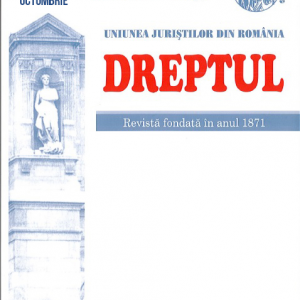 En la generalidad de las legislaciones societarias actuales, se establece algún tipo de régimen que limita la realización de distribuciones a los socios por parte de la sociedad durante el transcurso de la vida social (durante societate)1. Este régimen forma parte de las medidas que se adoptan legalmente en las sociedades que limitan la responsabilidad de los socios2, para proteger ex ante o preventivamente a los acreedores sociales.
En la generalidad de las legislaciones societarias actuales, se establece algún tipo de régimen que limita la realización de distribuciones a los socios por parte de la sociedad durante el transcurso de la vida social (durante societate)1. Este régimen forma parte de las medidas que se adoptan legalmente en las sociedades que limitan la responsabilidad de los socios2, para proteger ex ante o preventivamente a los acreedores sociales. -
 The regulation of crimes in the field of the illegal removal and transplant of organs, tissues and cells of human origin at the level of each country is extremely important due to the big social danger of these crimes and the importance of the social values protected by their incrimination, values regarding the life and the physical and mental integrity of the members of society, as well as the respect due to the memory of deceased persons. In this respect, at the level of the European Union, the Directive 2004/23/EC of the European Parliament and of the Council, of 31 March 2004, on setting standards of quality and safety for the donation, procurement, testing, processing, preservation, storage and distribution of human tissues and cells was adopted. There are numerous European countries in which the crimes in the field of the illegal removal and transplant of organs, tissues and cells of human origin are incriminated in the Criminal Code. Their experience should also be followed by Romania, where, at present, the field is regulated by Law no. 95/2006 on healthcare reform, as subsequently amended and supplemented.
The regulation of crimes in the field of the illegal removal and transplant of organs, tissues and cells of human origin at the level of each country is extremely important due to the big social danger of these crimes and the importance of the social values protected by their incrimination, values regarding the life and the physical and mental integrity of the members of society, as well as the respect due to the memory of deceased persons. In this respect, at the level of the European Union, the Directive 2004/23/EC of the European Parliament and of the Council, of 31 March 2004, on setting standards of quality and safety for the donation, procurement, testing, processing, preservation, storage and distribution of human tissues and cells was adopted. There are numerous European countries in which the crimes in the field of the illegal removal and transplant of organs, tissues and cells of human origin are incriminated in the Criminal Code. Their experience should also be followed by Romania, where, at present, the field is regulated by Law no. 95/2006 on healthcare reform, as subsequently amended and supplemented. -
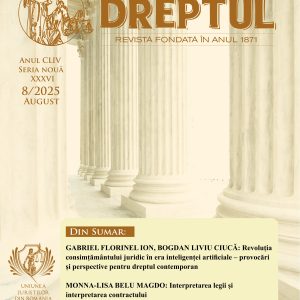
-
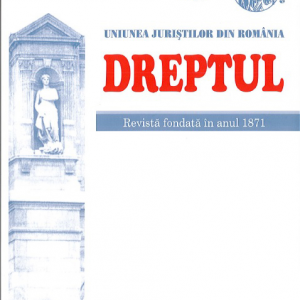 In the present study we have proceeded to analyze the text of Article 318 of the Criminal Procedure Code, in the light of the judicial practice in the matter. We also insisted on presenting some malfunctions in the application of the provisions of Article 318 (16) the 2nd sentence of the Criminal Procedure Code, provisions which in their essence prohibit the case prosecutor to adopt a solution to abandon criminal prosecution in the event that this solution was initially rejected by the preliminary chamber judge. The provision in question is all the more controversial as it is mentioned even therein this prohibition irrespective of the reason invoked, which leads to the conclusion that the solution to abandon criminal prosecution can no longer be ordered by the prosecutor, even if the evidence administered show that its adoption is required. In this context, the provisions criticized seem to be unconstitutional, because by applying them, the prosecutor is obliged by the legislator to violate several provisions of the Constitution, among which there is the principle of legality.
In the present study we have proceeded to analyze the text of Article 318 of the Criminal Procedure Code, in the light of the judicial practice in the matter. We also insisted on presenting some malfunctions in the application of the provisions of Article 318 (16) the 2nd sentence of the Criminal Procedure Code, provisions which in their essence prohibit the case prosecutor to adopt a solution to abandon criminal prosecution in the event that this solution was initially rejected by the preliminary chamber judge. The provision in question is all the more controversial as it is mentioned even therein this prohibition irrespective of the reason invoked, which leads to the conclusion that the solution to abandon criminal prosecution can no longer be ordered by the prosecutor, even if the evidence administered show that its adoption is required. In this context, the provisions criticized seem to be unconstitutional, because by applying them, the prosecutor is obliged by the legislator to violate several provisions of the Constitution, among which there is the principle of legality. -
 In this study the authors intend to point out the significant novelties brought in the matter by the Law No 85/2014 on the procedures for preventing insolvency and for insolvency, as compared to the previous regulation (the Law No 85/2006). This being the case, the authors examine the mentioned novelties: (I) as concerns the judgment within the insolvency procedure; (II) with reference to the effects of the insolvency procedure; (III) in the field of reorganization and bankruptcy. Finally, the authors come to the conclusion that the Law No 85/2014 succeeds to cover a series of legislative gaps, to settle some controversial issues in the legal practice and, finally, to provide some equitable solutions where the provisions of the old law (No 85/2006) were rightfully criticized.
In this study the authors intend to point out the significant novelties brought in the matter by the Law No 85/2014 on the procedures for preventing insolvency and for insolvency, as compared to the previous regulation (the Law No 85/2006). This being the case, the authors examine the mentioned novelties: (I) as concerns the judgment within the insolvency procedure; (II) with reference to the effects of the insolvency procedure; (III) in the field of reorganization and bankruptcy. Finally, the authors come to the conclusion that the Law No 85/2014 succeeds to cover a series of legislative gaps, to settle some controversial issues in the legal practice and, finally, to provide some equitable solutions where the provisions of the old law (No 85/2006) were rightfully criticized. -
 Having regard to the number of judgments delivered in the field of property and of expropriation against Romania by the European Court of Human Rights, it is necessary to present the relevant principles which this court has set out, principles which the national judge is bound to observe and to apply to concrete cases, in accordance with the provisions of Article 20 of the Constitution. The principles not correlated with actual examples would be devoid of content, therefore the presentation of the most important examples on the basis of the state of fact emphasizes the correct reasoning of the Court, the more so as it has a limited competence to verify the compliance with the domestic law1, attribution which is the responsibility of the national judge.
Having regard to the number of judgments delivered in the field of property and of expropriation against Romania by the European Court of Human Rights, it is necessary to present the relevant principles which this court has set out, principles which the national judge is bound to observe and to apply to concrete cases, in accordance with the provisions of Article 20 of the Constitution. The principles not correlated with actual examples would be devoid of content, therefore the presentation of the most important examples on the basis of the state of fact emphasizes the correct reasoning of the Court, the more so as it has a limited competence to verify the compliance with the domestic law1, attribution which is the responsibility of the national judge. -
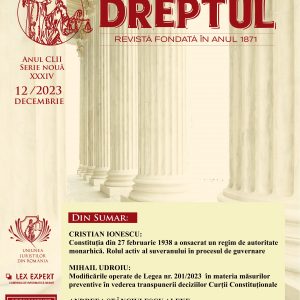
-
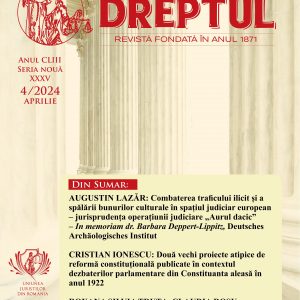
-
 The Law No 95/2006 on the health reform stipulates, in Article 653 (2), that: „ the medical staff shall be liable under the civil law for the prejudices caused by error, which also include negligence, recklessness or insufficient medical knowledge in the exercise of the profession, by individual acts within the prevention, diagnosis or treatment procedures”. The text of law finds its applicability in the cases that raise for discussion whether the doctor’s diagnosis was a correct one and the chosen therapeutic conduct was necessary to restore the patient’s health condition. However, even under the terms of subsistence of the situation of error of diagnosis, this does not unconditionally engage the legal liability, an approach that makes necessary a distinction between the guilty diagnosis error and the excusable diagnosis error. In this study the authors intend to identify and analyze the hypotheses in which the doctor’s legal liability can operate/intervene in case of an error of diagnosis.
The Law No 95/2006 on the health reform stipulates, in Article 653 (2), that: „ the medical staff shall be liable under the civil law for the prejudices caused by error, which also include negligence, recklessness or insufficient medical knowledge in the exercise of the profession, by individual acts within the prevention, diagnosis or treatment procedures”. The text of law finds its applicability in the cases that raise for discussion whether the doctor’s diagnosis was a correct one and the chosen therapeutic conduct was necessary to restore the patient’s health condition. However, even under the terms of subsistence of the situation of error of diagnosis, this does not unconditionally engage the legal liability, an approach that makes necessary a distinction between the guilty diagnosis error and the excusable diagnosis error. In this study the authors intend to identify and analyze the hypotheses in which the doctor’s legal liability can operate/intervene in case of an error of diagnosis. -
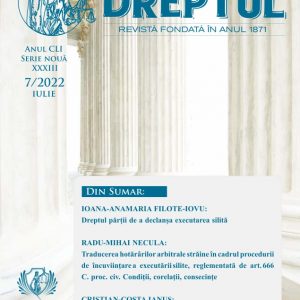 The judicial activity of the courts of law is meant to guarantee the fundamental rights and freedoms of the citizens, to ensure the observance of the supremacy of laws and to prevent the abusive exercise of power by the state representatives, thus having a fundamental function manifested in the form of the judiciary, within the constitutional architecture of Romania which is based on the classical theory of the separation of powers in the state. The Fundamental Law and the infra-constitutional legislation contain provisions meant to guarantee the independence and impartiality of the representatives of the judiciary, necessary to ensure the fulfilment of the jurisdictional function by these, respectively the correct interpretation and application of the laws. The increased importance of the creative role of the judges has led to its definition in the doctrine as being jurisprudential law, lately a cause for its strong development being the very increase of the activity of legislation, of regulating the conduct of the subjects of law by the state, in a multitude of areas of social and economic life. The amplification of this operation has led to the impossibility of regulating these conducts in detail by law, so that the executive and, respectively, the judiciary took over the task of ensuring the completion of the general framework provided by the legislative. The possible conflict between the legislative activity and the interpretation given to the legal norm by the judge may lead to situations in which the right be recreated, by way of interpretation. The current normative framework applicable in Romania allows to engage the liability of magistrates (prosecutors and judges) for the defective way in which they exercise their professional activity, their liability can take several forms, namely criminal, disciplinary or civil liability, depending on the consequences they generate.
The judicial activity of the courts of law is meant to guarantee the fundamental rights and freedoms of the citizens, to ensure the observance of the supremacy of laws and to prevent the abusive exercise of power by the state representatives, thus having a fundamental function manifested in the form of the judiciary, within the constitutional architecture of Romania which is based on the classical theory of the separation of powers in the state. The Fundamental Law and the infra-constitutional legislation contain provisions meant to guarantee the independence and impartiality of the representatives of the judiciary, necessary to ensure the fulfilment of the jurisdictional function by these, respectively the correct interpretation and application of the laws. The increased importance of the creative role of the judges has led to its definition in the doctrine as being jurisprudential law, lately a cause for its strong development being the very increase of the activity of legislation, of regulating the conduct of the subjects of law by the state, in a multitude of areas of social and economic life. The amplification of this operation has led to the impossibility of regulating these conducts in detail by law, so that the executive and, respectively, the judiciary took over the task of ensuring the completion of the general framework provided by the legislative. The possible conflict between the legislative activity and the interpretation given to the legal norm by the judge may lead to situations in which the right be recreated, by way of interpretation. The current normative framework applicable in Romania allows to engage the liability of magistrates (prosecutors and judges) for the defective way in which they exercise their professional activity, their liability can take several forms, namely criminal, disciplinary or civil liability, depending on the consequences they generate.
